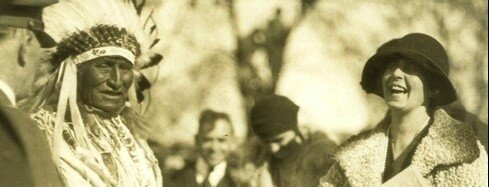


Posted on Mar 16, 2015 in Architecture, Automotive, Construction, Dobrogea, History, Museum, Romanian Kingdom | 0 comments
The Bridge from Cernavoda
The Anghel Saligny Bridge (formerly King Carol I Bridge) is a railroad truss bridge in Romania, across the Danube River, connecting the cities of Cernavoda and Fetesti. The bridge was built between 1890 and 1895 over the Danube and Borcea branch of the Danube, and when it was completed it became the longest bridge in Europe and the third longest in the world. The two cities on the banks of the river which was built were Fetesti on the left side and Cernavoda on the right side. The bridge has a length of 4,087.95 m of which 1,662 m over the Danube and 970 m over...
Colored Sighisoara
Sighisoara – the city founded in the XIII century Saxon colonists. In those days, was called Shessburg. The city played an important strategic and commercial role at the edges of Central Europe for several centuries. Sighișoara became one of the most important cities of Transylvania, with artisans from throughout the Holy Roman Empire visiting the settlement. The German artisans and craftsmen dominated the urban economy, as well as building the fortifications protecting it. It is estimated that during the 16th and 17th centuries Sighișoara had as many as 15...
Queen Mary visiting Sioux indians
The visit of the Romanian Queen in the United States has much feeling at the time and long after its close, has aroused public interest. The meeting with dances and songs, speeches and exchange of gifts took place on November 1, 1926, in North Dakota Mandan village, not far from the city of Bismarck, the state capital. There, the royal guests were greeted by a group of Sioux Indians. Major AB Welch served by the translator of the speeches delivered and related dialogue between natives and visitors. Via:...
Rupea Fortress
Rupea fortress is located 50 km from Brasov, built on a massive basalt,. It is a peasant fortress with four polygonal towers reinforced areas. The fortress was modified over time by adding two courtyards and three towers. The first document dates from 1324. Documents XV century fortress mentioned as an important commercial and crafts, having 12 guilds. The city served as a fortress in time and refuge for the people living in the surrounding hills and valleys, its place being strategic In 2009 began the rehabilitation of the city, the photos below showing the city...

Recent Comments